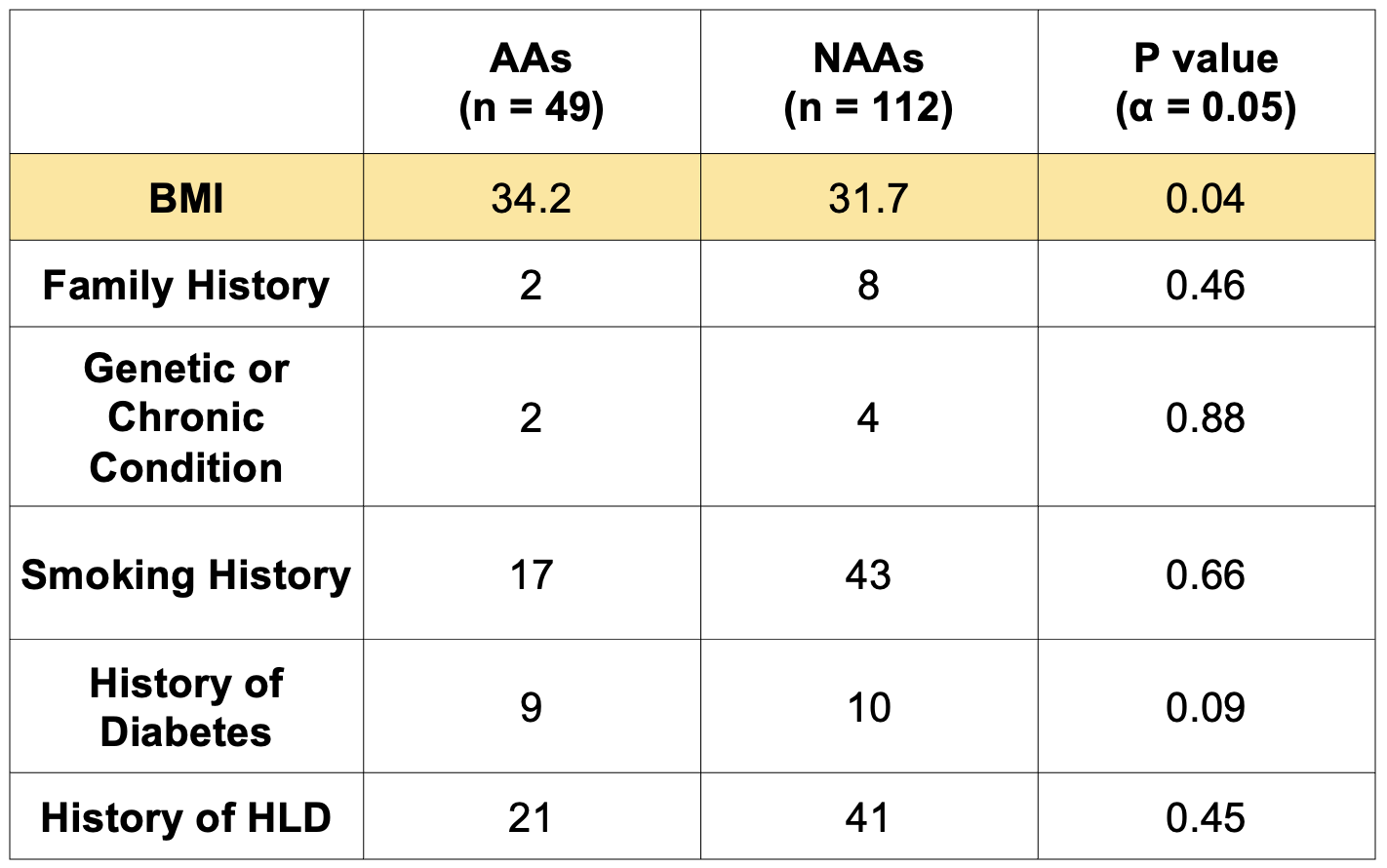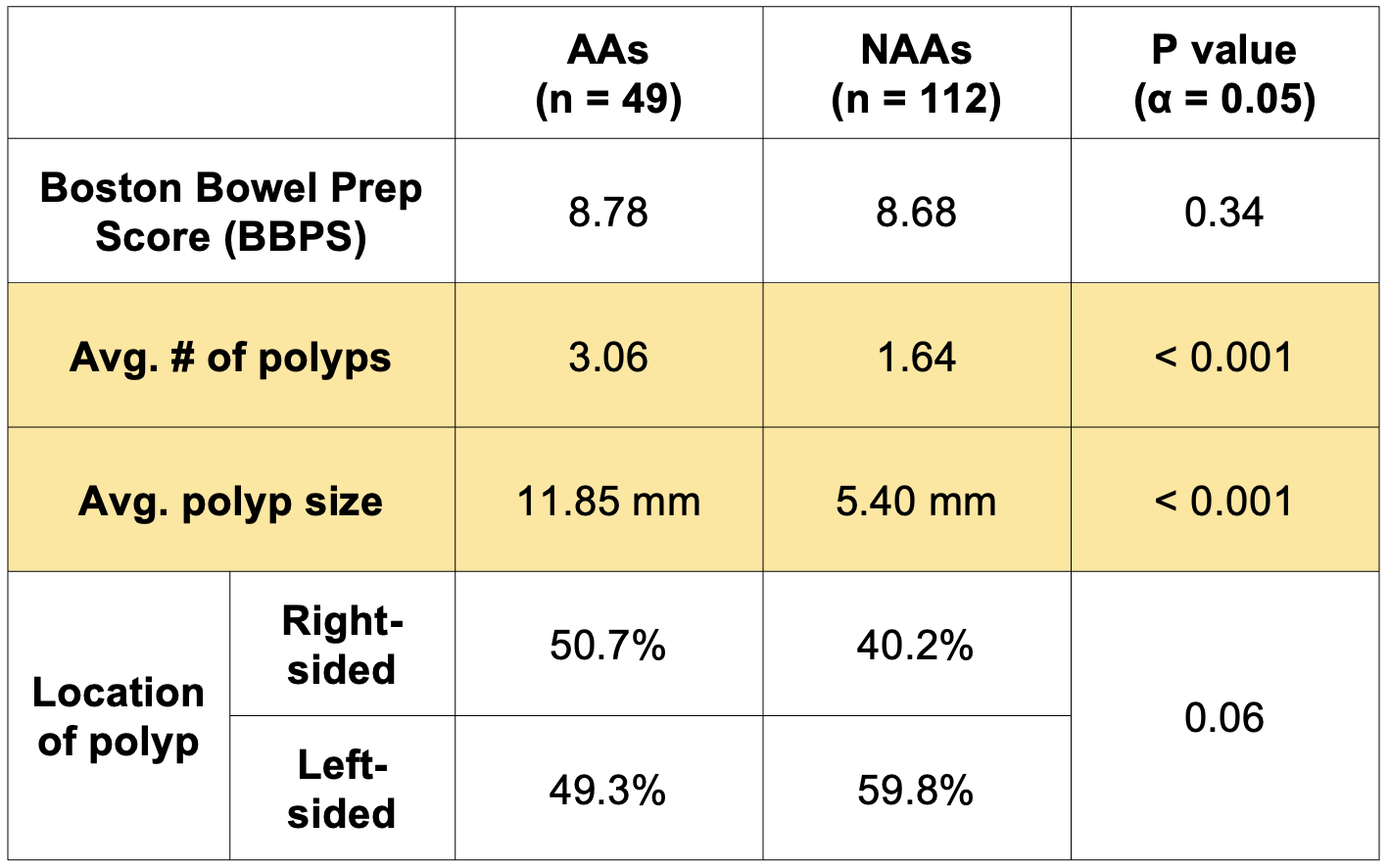Tuesday Poster Session
Category: Colorectal Cancer Prevention
P4759 - Outcomes of Positive mt-sDNA Screens in Patients Aged 45-49: A Retrospective Cohort Study
Tuesday, October 28, 2025
10:30 AM - 4:00 PM PDT
Location: Exhibit Hall
- KZ
Katie E. Zhang, BS (she/her/hers)
Case Western Reserve University School of Medicine
Cleveland Heights, OH
Presenting Author(s)
Katie E. Zhang, BS1, Gregory S. Cooper, MD2
1Case Western Reserve University School of Medicine, Cleveland Heights, OH; 2Digestive Health Institute, University Hospitals Cleveland Medical Center, Cleveland, OH
Introduction: Given the increasing incidence of young-onset colorectal cancer (YO-CRC) in people < 50, the USPSTF lowered its CRC screening recommendations in 2021 to start at 45 years of age with similar options as in older individuals. We sought to identify the yield and follow through with colonoscopy of one of the approved screening options, multi-target stool DNA (mt-sDNA) testing, in younger patients.
Methods: Medical charts of 228 patients aged 45-49 with a positive mt-sDNA between 3/1/23–7/1/24 were reviewed. We evaluated follow through with and findings at colonoscopy. Advanced adenomas (AAs), precancerous lesions that are considered to have the highest risk of developing CRC, were identified based on previously defined criteria. χ2 and t-tests for categorical and continuous variables were used, respectively, and a p-value of < 0.05 was considered statistically significant.
Results: Of the 228 patients reviewed (44.7% male, 55.3% female), 161 (70.6%) underwent a follow-up colonoscopy within 1 year. Of those, 36 (22.4%) had no polyps, 76 (46.9%) had non-advanced adenomas only (NAAs), and 49 (30.2%) had at least 1 AA. One patient was diagnosed with YO-CRC.
Patients with AAs had a higher BMI than those without (34.1 vs 31.7 kg/m2, p=0.04) but did not differ by other previously identified CRC risk factors. The positive predictive value (PPV) of this mt-sDNA test is calculated to be 35%, which is comparable to older populations.
Discussion: Younger individuals were observed to have a colonoscopy follow-up rate and PPV consistent with older populations with a positive mt-sDNA test. BMI is a clear risk factor in AA development in younger individuals. As more than 30% of patients had advanced adenomas at colonoscopy, mt-sDNA is a viable and valuable screening option in younger populations. Although most patients did undergo colonoscopy, interventions to improve adherence with follow-up colonoscopy are needed in this population.

Figure: Demographic comparison between AA and NAA groups

Figure: Colonoscopy findings comparison between AA and NAA groups
Disclosures:
Katie Zhang indicated no relevant financial relationships.
Gregory Cooper indicated no relevant financial relationships.
Katie E. Zhang, BS1, Gregory S. Cooper, MD2. P4759 - Outcomes of Positive mt-sDNA Screens in Patients Aged 45-49: A Retrospective Cohort Study, ACG 2025 Annual Scientific Meeting Abstracts. Phoenix, AZ: American College of Gastroenterology.
1Case Western Reserve University School of Medicine, Cleveland Heights, OH; 2Digestive Health Institute, University Hospitals Cleveland Medical Center, Cleveland, OH
Introduction: Given the increasing incidence of young-onset colorectal cancer (YO-CRC) in people < 50, the USPSTF lowered its CRC screening recommendations in 2021 to start at 45 years of age with similar options as in older individuals. We sought to identify the yield and follow through with colonoscopy of one of the approved screening options, multi-target stool DNA (mt-sDNA) testing, in younger patients.
Methods: Medical charts of 228 patients aged 45-49 with a positive mt-sDNA between 3/1/23–7/1/24 were reviewed. We evaluated follow through with and findings at colonoscopy. Advanced adenomas (AAs), precancerous lesions that are considered to have the highest risk of developing CRC, were identified based on previously defined criteria. χ2 and t-tests for categorical and continuous variables were used, respectively, and a p-value of < 0.05 was considered statistically significant.
Results: Of the 228 patients reviewed (44.7% male, 55.3% female), 161 (70.6%) underwent a follow-up colonoscopy within 1 year. Of those, 36 (22.4%) had no polyps, 76 (46.9%) had non-advanced adenomas only (NAAs), and 49 (30.2%) had at least 1 AA. One patient was diagnosed with YO-CRC.
Patients with AAs had a higher BMI than those without (34.1 vs 31.7 kg/m2, p=0.04) but did not differ by other previously identified CRC risk factors. The positive predictive value (PPV) of this mt-sDNA test is calculated to be 35%, which is comparable to older populations.
Discussion: Younger individuals were observed to have a colonoscopy follow-up rate and PPV consistent with older populations with a positive mt-sDNA test. BMI is a clear risk factor in AA development in younger individuals. As more than 30% of patients had advanced adenomas at colonoscopy, mt-sDNA is a viable and valuable screening option in younger populations. Although most patients did undergo colonoscopy, interventions to improve adherence with follow-up colonoscopy are needed in this population.

Figure: Demographic comparison between AA and NAA groups

Figure: Colonoscopy findings comparison between AA and NAA groups
Disclosures:
Katie Zhang indicated no relevant financial relationships.
Gregory Cooper indicated no relevant financial relationships.
Katie E. Zhang, BS1, Gregory S. Cooper, MD2. P4759 - Outcomes of Positive mt-sDNA Screens in Patients Aged 45-49: A Retrospective Cohort Study, ACG 2025 Annual Scientific Meeting Abstracts. Phoenix, AZ: American College of Gastroenterology.
